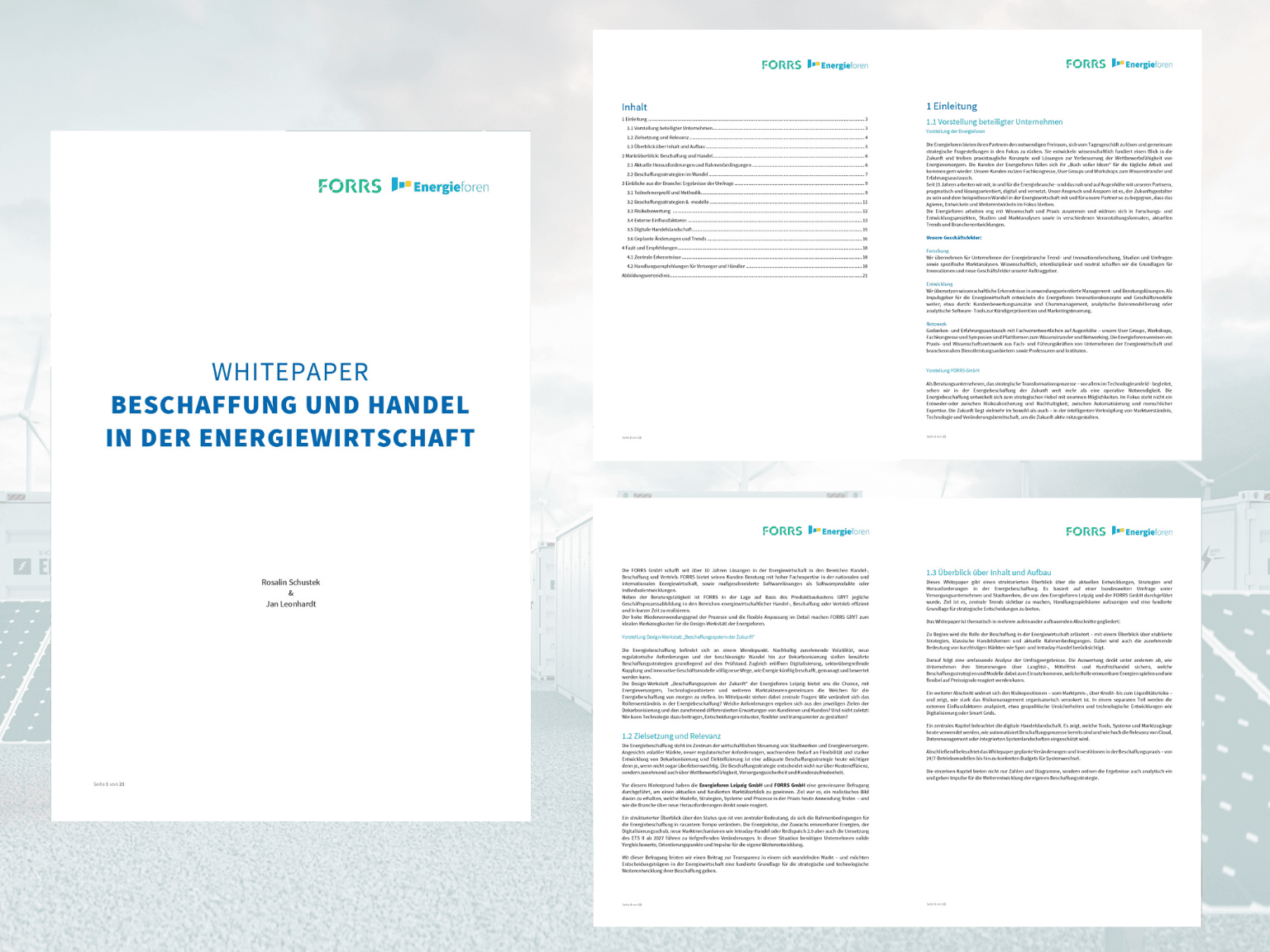25.10.2023 / 09:15
Guarantees of Origin Demystified – Part 4: Trade and Markets
Energy Markets

In this fourth and final article in our series on Guarantee of Origin (GoO) certificates, we will take a closer look at the European GoO market and GoO certificate pricing.
As was noted in an earlier article, GoOs can be traded across national borders within the EU. Trade is facilitated through the fostering of a dependable structure that allows for confident trade between countries. Aligned to the principles set out by the Renewable Energy Directive 2018/2001 (RED II), GoOs certificates are standardized through the CEN EN16325 standard, and the European Energy Certificate System (EECS) which is operated the Association of Issuing Bodies (AIB).
As shown in the Figure 1, GoO trade in the European energy market is dominated by Norway, which accounted for approximately 43% of GoO sales and 35% of purchases, for the period 2019-2022. The largest offtakers for Norwegian GoO exports are Germany and the Netherlands. Indeed, Germany is the second largest total buyer of GoOs – its low GoO sales however makes largest nett importer of GoOs. An important reason for Germany’s low GoO exports is its double marketing prohibition which was discussed in some detail in the previous article of this series.

Figure 1: Guarantee of Origin Balance of Certificate Trade (adopted from AIB, 2022)
Figure 2 below provides a segmentation of the most significant energy sources used to generate renewable energy for which GoO certificates were issued. It is evident that hydropower accounts for more than 50% of GoOs are issued. It has been argued that because hydropower is a legacy renewable energy source, its dominant position in the GoO market is not conducive to the build-out of new renewable energy generators (especially solar and wind), as intentioned by the certificate scheme.

Figure 2: Guarantee of Origin Production by Renewable Energy Source (adopted from AIB, 2022)
Trading of GoOs
As with any market, the value of GoOs is dictated by the interplay between supply and demand. In certain countries, centralized auctions are conducted for GoOs, particularly those issued for state-subsidized installations, offering an unequivocal price signal.
Historically, Germany has opted for over-the-counter (OTC) trading, wherein bilateral trading was favored over exchange-based trading.
OTC trades primarily take place on OTC platforms or through brokerage firms. Within the AIB area, enmacc provides the largest OTC trading platform for energy and environmental commodities, with an extensive network of over 500 member companies and 2000+ active traders. Figure 3 below shows an example of enmacc’s Request-for-Quote workflow, which facilitates direct bilateral and digital negotiations within the network. This is deemed to enhance market accessibility and efficiency allowing active market dynamics to shape the GoO trading landscape.

Figure 3: enmacc's Request-for-Quote workflow
In addition to OTC trading, GoOs have recently also become exchange-traded. Indeed in 2022, a pan-European market for GoOs has been jointly launched by the European Power Exchange (EPEX SPOT), European Energy Exchange (EEX), and European Commodity Clearing (ECC). On 28 September 2022, the first spot auction took place with 26 market participants registered and 19,171 MWh of certified green energy sold - the order book further reflected strong market interest on the buy-side with over 4.5 TWh of buy orders registered. Subsequently, GoOs spot auctions have been taking place monthly, with clearing and settlement being conducted by the clearing house, ECC.
Guarantee of Origin Pricing
Historically, GoO prices were relatively inexpensive, generally below 1 EUR/MWh. Prices increased significantly to 1.73EUR/MWh in 2018 – which was also a very low rainfall year in the Nordic countries, resulting in reduced hydro power production. During the Covid-19 pandemic, electricity demand declines also resulted in a GoO price reduction, with prices ranging between 0.1-0.4 EUR/MWh in 2020. 2022 however saw a significant price recovery into 2023, which saw auction prices greater than 6 EUR/MWh.
Low GoO certificate prices have, in part, been attributed to lack of transparency and general stake-holder buy-in amidst persistent greenwashing debates. This has led to the supply of GoOs outpacing demand. The primary objections raised against GoOs deal with the validity of the Book & Claim framework, which we discussed in some detail in an earlier article. In short, however, it is the view that GoO certificate trade should be adjusted to regional flows of physical electricity - e.g. a certificate purchased for 1 MWh of hydro-power produced in Norway should not be able to count towards renewable electricity consumed in Germany.
A second notable objection against the trade of GoOs is based on the temporal variability of renewable energy from solar and wind that is not compensated for by the annual accounting period of GoO certificates. This annual accounting period is reflective of an assumption that the green characteristics of renewable electricity can be ‘stored’ throughout the year, and must not match consumption patterns.
Looking Forward
Looking forward, the development of the GoO market along with associated pricing trends is difficult to predict and shrouded by regulatory uncertainty. Generally, it is anticipated that Europe will see a significant expansion in renewable energy capacity construction to meet its climate goals. In 2024/25, it is furthermore anticipated that the ban on double marketing implemented in Germany will be lifted, as part of the Fit-for-55 climate and energy package, and the associated revision of RED II. Such legislative revisions and increased renewable energy generation capacity will significantly increase the number of GoOs issued in Europe, and Germany in particular, and likely lead to downward pressure on GoO prices.
Conversely, the possibility of a Norwegian withdrawal from the European GoO market, which was announced by the Norwegian Government in 2021, could be a significant negative supply shock, leading to a sharp increase in GoO prices. The primary reason for Norway’s possible exit is the prioritization of the energy need of the Norwegian domestic industry, which due to the strong GoO export performance, only has access to ‘grey’ electricity in some instances.
It is also anticipated that demand for GoOs will increase – certain analysts anticipate a 6% annual increase in GoO demand until 2030. The anticipated ramp-up of the European hydrogen market will also likely lead to increased GoO demand, as these will be used to prove that energy used to power electrolysers is indeed from renewable sources, as discussed in our article on the new EU hydrogen regulations.
Conclusion
It is concluded that, despite the discussed problems and opportunities for improvement, issuance and trade in GoOs will likely play an increasingly important role in the European energy market – especially when several of the proposed regulatory improvements are eventually implemented.
If you found this series informative, please stay tuned for our upcoming series on power purchase agreements (PPAs) later this year, where we will revisit the topic of GoOs which often play an important role in PPAs.



